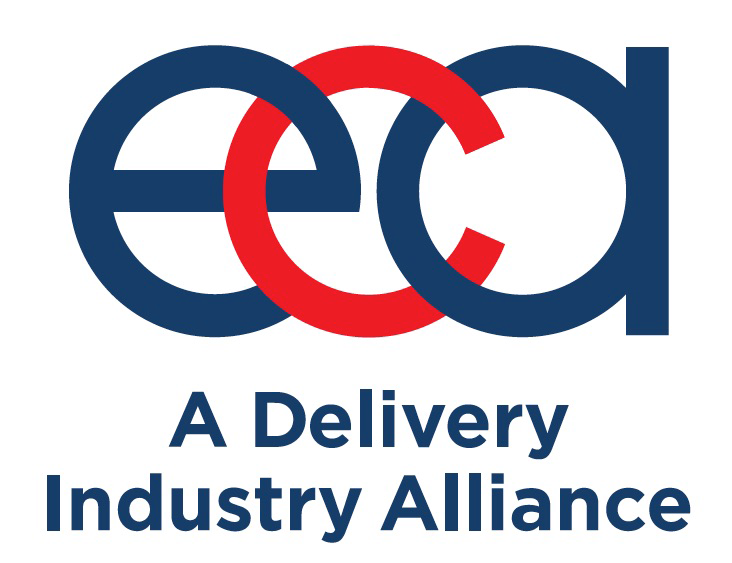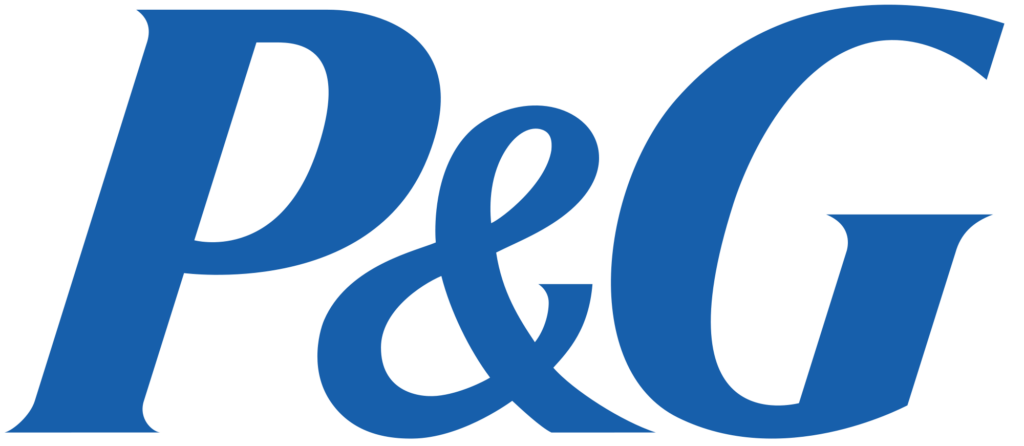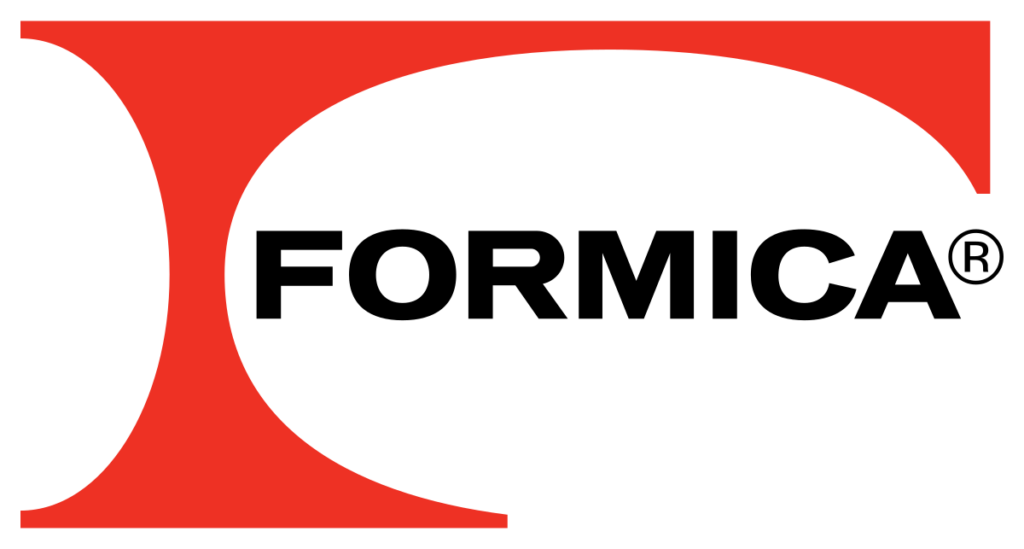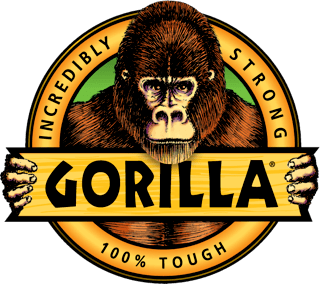DOES THIS CONFUSE YOU?
No judgement! A lot of very smart people come to us saying that they want help with brand architecture, but what they’re really looking for is help with their portfolio strategy.
That’s Not Brand Architecture
We think both are SSSS — super sexy strategic stuff that we love to work on. But we do want to set the record straight as to the difference between these sorts of projects.
Check out this #tellthetruths video to learn the difference and never be confused again.
This video originally appeared in LinkedIn
If you liked this video, check out:
TRANSCRIPT:
– Hey guys, it’s Rebeca with BrandTrue and I want to talk to you today about brand architecture. Specifically, it’s probably three times a year that someone comes to us and says that they have a brand architecture project and it isn’t. And we say, “That’s not brand architecture, that’s portfolio optimization.”
So I want to share with you guys what the difference is. Brand architecture is when, as a brand is growing, you want to make sense of the different parts of the brand, different line extensions and sub brands and such, that are all leveraging the same equity. So a great example is Burt’s Bees, right? This beekeeper, he started making, I don’t know what, maybe chapsticks in the beginning with beeswax and with different honey and different ingredients from the hive, right? As the brand has grown, they’ve been able to continue to add on more and more products, but they have this transferable point of difference that runs across, which is ingredients from nature.
Okay, another brand example I want to give you before we move on is EVEREADY, right, no, Energizer, I’m confusing my batteries. Energizer, they started out as batteries, but now it’s like “energy for life.” I think I mangled it, but anyway, they have portable light products too, as well as batteries because it fits, it’s this energy kind of portfolio. But both of those brands, Burt’s Bees and Energizer, are parts of parent brand portfolios. That’s where portfolio architecture comes in. A company can own various brands; they’re different brands with different equities that are managed, but the portfolio is more about corporate capabilities. For example, PepsiCo has a portfolio of different beverage drinks because they have beverage bottling and distribution. They also own Frito-Lay, because they’re talking to all the stores so they can also distribute snacks. One is leveraging brand equities, that’s brand architecture.
The other one is what is the set of companies and brands that it makes sense for this corporation to own to not cannibalize our own brands, but also to cover the market and to leverage what we bring. So that’s the difference between the two. They’re not the same thing. We do both, but we hate when people confuse them. What’s your understanding of these? Let me know what you think. Thanks! Bye.








